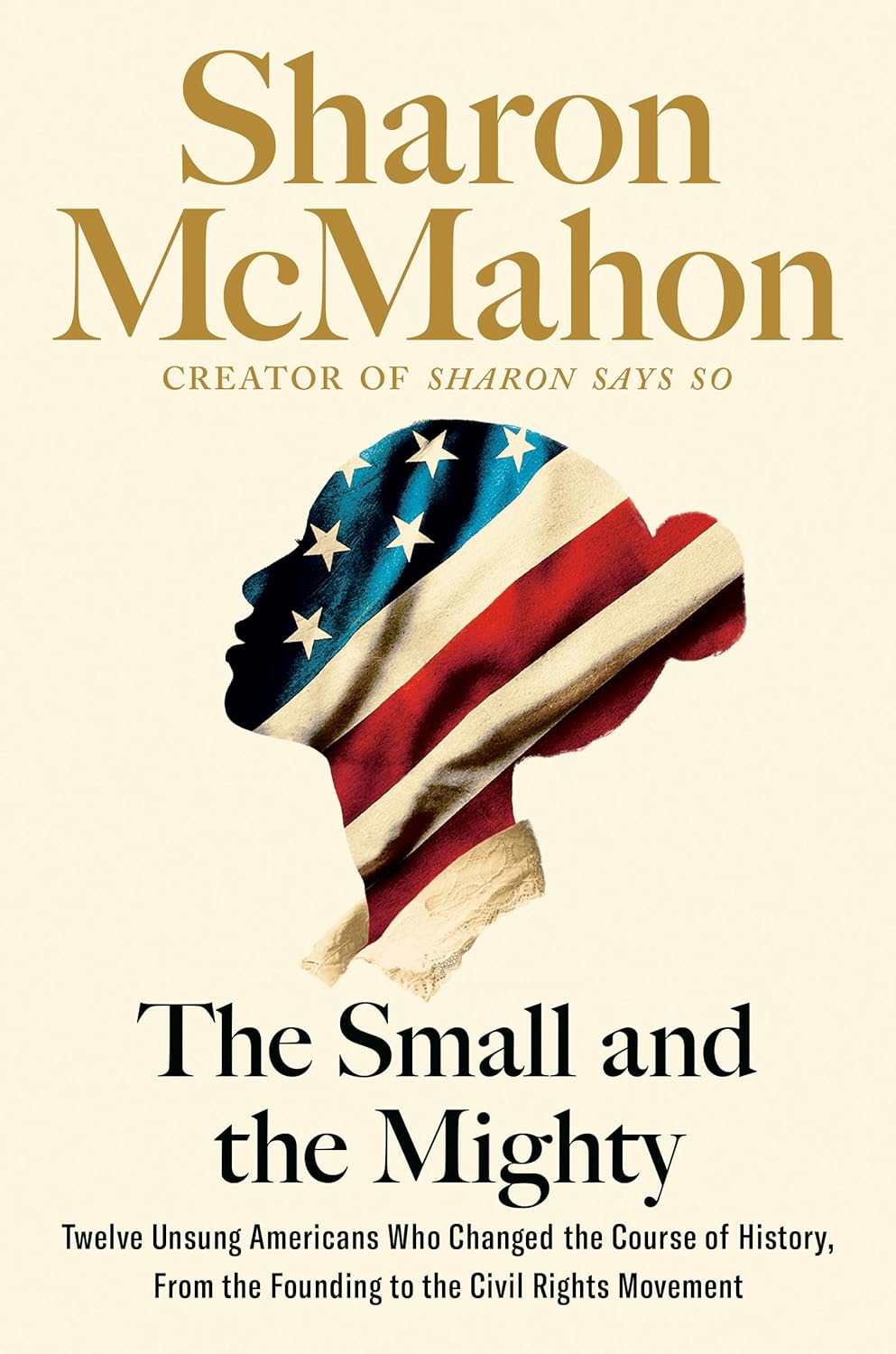Chapter 7: Katharine Lee Bates_England, 1880s
byChapter 7 explores the transformative journey of Katharine Lee Bates, focusing on her experiences in England during the 1880s. Katie embarks on a challenging voyage aboard the State of Nebraska, enduring physical and emotional hardships as she bids farewell to her loved ones. Despite the difficulty of the journey, she finds comfort in her exploration of English libraries and the serene countryside. A moment of personal joy arises when she discovers a room at the British Museum that carries her surname, and where her own book, Rose and Thorn, is featured. This discovery, along with visits to stunning Gothic cathedrals, provides her with a sense of accomplishment, though it is tempered by her growing uncertainties about her faith. As she reflects on her beliefs, she becomes increasingly wary of traditional theology, further complicating her sense of self.
At the same time, the United States undergoes significant social and political shifts due to an influx of immigrants, which stirs fears of job competition and reveals poor working conditions for many. From her privileged position in England, Katie observes these changes with a critical eye, noticing the fragility of the American democratic ideals that she had once held dear. Her perspective on America is marked by a sense of disillusionment, as she sees how the country is grappling with its own challenges and contradictions. The struggles of the working class, coupled with the tensions caused by immigration, make Katie question the strength and resilience of the American democratic system. This period of reflection abroad becomes a turning point for Katie, shaping her future actions and ideas as she returns to the United States.
Upon returning home, Katie emerges from her year abroad with a newfound sense of purpose. She earns her master’s degree from Wellesley College, assuming a leadership role as the head of her department. Despite her academic achievements, Katie feels the weight of societal expectations placed on her as a woman. While her male colleagues are free to pursue their careers without the constraints of domestic obligations, Katie finds herself bound by the dual burdens of professional success and the pressure to fulfill traditional gender roles. This tension between her professional ambitions and the limitations imposed on her by society forms a central theme in the chapter, highlighting the struggles many women faced in balancing their personal and professional lives. Katie’s frustration with these expectations underscores the larger societal issues surrounding gender roles and women’s rights during this period.
At Wellesley, Katie forms meaningful relationships with her colleagues, one of the most important being with Professor Katharine Coman. Coman, a pioneering historian who focused on labor rights, shares a deep emotional connection with Katie that spans over two decades. Their correspondence reveals a complex bond, with some scholars interpreting it as romantic in nature, while others argue that it exemplifies the strong, emotionally rich friendships that were common among women during that time. The connection between Katie and Coman is marked by intellectual exchange, personal support, and mutual respect, and their relationship becomes a source of strength for Katie throughout her life. As Katie grapples with her own doubts and spiritual struggles, Coman’s steadfast faith becomes something she longs for, creating a contrast between their beliefs. This interplay between faith, doubt, and personal relationships offers a poignant exploration of Katie’s internal conflicts, as she navigates the challenges of balancing her intellectual and emotional needs.
Katie’s time in England further emphasizes her complex feelings about faith, professional ambition, and personal connections. Her letters to Coman from across the ocean express her deep emotional attachment and longing for the intellectual and spiritual guidance that Coman represents. In turn, Coman’s unwavering faith inspires Katie to seek a similar conviction, though it remains elusive to her. Through this dynamic, the chapter delves into the ways in which personal and professional lives intersect, and how relationships can shape one’s journey, particularly for women navigating the restrictive gender norms of their time. Katie’s emotional attachment to Coman, combined with her search for a sense of spiritual and intellectual fulfillment, paints a nuanced portrait of a woman caught between ambition, doubt, and the desire for connection.

